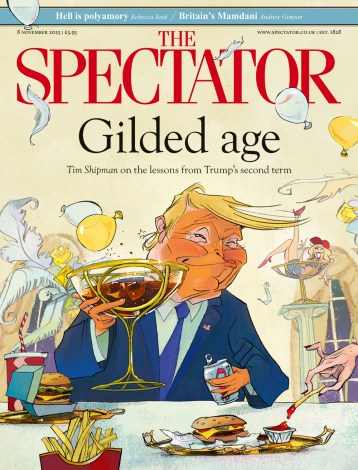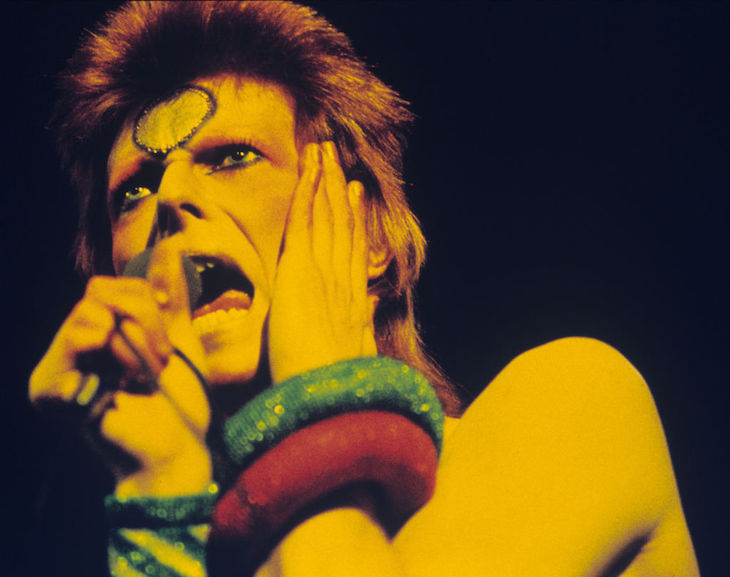On reaching the end of Hettie Judah’s Acts of Creation, I felt somewhat overwhelmed. At 272 pages, the book isn’t particularly large, but the time span it covers, from prehistoric goddess figures to Laure Prouvost’s 2021 cyborg-octopus installation ‘MOOTHERR’, is enormous. The trajectories, practices and obsessions of the artists discussed range far and wide. Written to coincide with a touring exhibition of the same name, this ambitious book is more of a survey – a highly illustrated, annotated and well-researched one – than a traditional narrative. Judah’s energetic text displays the hunger of someone after a fast who can’t decide where to start at the buffet. This ravenousness goes somewhere towards redressing the historical paucity of women in the written histories of art.
The book isn’t organised chronologically, but rather thematically, with chapter titles such as ‘The Monstrous Child’ and ‘Maintenance’. This allows the author to make conceptual connections. Berthe Morisot’s self-portrait with her daughter, ‘The Drawing Lesson’ (1889), is compared with Suzanne Valadon’s ‘Family Portrait’ (1912), which in turn sits next to Ishbel Myerscough’s naked family portrait ‘All’ (2016). By juxtaposing work from different eras without filling in the chronological gaps, Judah frees the reader to follow thematic threads – in this case, how female artists portray their place within the family. In each of these works the artist looks directly at the viewer, while family members are either obscured, lost in thought or, as in Myerscough’s case, sharing the artist’s outward gaze. This last example shows how an artist’s family in 2016 is more capable of seeing the world from a mother’s point of view than in previous generations.
One chapter, ‘The Mother in Western Art: A History in Fragments’, adheres to a more conventional art-historical approach, yet it is in these pages that Judah brings in male artists. Leonardo da Vinci’s sketches of pregnant women are presented – drawn from cadavers, obtained secretly and illegally under cover of darkness. Judah then skips forward 45 years to show us the ‘earliest extant European painting of a naked pregnant woman’ in Titian’s ‘Diana and Callisto’ (c. 1556-9). Upon first reading, I was surprised to see several other male artists explored in Acts of Creation. Yet it soon became clear how their inclusion is crucial as it illustrates how women have been disinterred, observed, dissected, used, raped, worshipped and murdered for centuries by male artists before being allowed to render their bodies in art using their own visual language. Judah gets to the heart of this question when she asks: ‘How might we see the mother differently when motherhood is not only the subject of an artwork but the circumstances of its creation?’
Artist-mothers span the centuries all the way up to the black non-binary Zanele Muholi, whose series of photos ‘Being’ (2007) document a black lesbian community in South Africa. The term ‘mother’ is used in an expansive way throughout, with Judah addressing the role not simply as a physical reality but as a ‘social and cultural construct’. In the final chapter ‘Mothering: The Family Reborn’, Judah ‘proposes “mothering” as an activity available to all, regardless of gender identity and parental status’.
She ends the book with a forward-looking reimagining of the family by exploring work by queer artists such as Del LaGrace Volcano – who has been playing with gender identity within the art scene since the 1990s. Now a parent, Volcano tells Judah that they have ‘lost a lot of their “queer capital” by engaging in the heterosexual-associated activity of raising children’. What struck me here is that even for artists who try to exist beyond classic gender roles, the politics surrounding the place of women – in whatever form this takes – is as censorious as always.
Not all the art discussed in Acts of Creation is imbued with loss and struggle – there is also humour. The Mexican performance art duo Maris Bustamente and Monica Mayer appeared on primetime TV in 1987, alongside a popular anchorman who donned an apron simulating a pregnant stomach. Bustamente and Mayer ‘fed him pills to induce morning sickness and crowned him queen of the home’. The artists recall: ‘The men were deeply offended, but the women enjoyed it.’ This performance was part of their project ‘!MADRES¡’ in which the artists bestowed the title ‘Mother for a Day’ on prominent men in honour of ‘their intelligence, charisma, leadership and good looks’, alluding to the ridiculous categories in traditional beauty pageants.
Leonardo’s sketches of pregnant women were drawn from cadavers obtained secretly and illegally
After the first reading of Judah’s book, I was not only overwhelmed by the hundreds of stories of women’s experiences, struggles and achievements, I was also saddened by the bodies of work that were never made or no longer exist because the maker was female. This feeling is embodied in the London-based project known as the Postal Art Event (1975-77). Started by Kate Walker, Su Richardson and Monica Ross, and later called Feministo, this was a ‘long-distance extension of consciousness-raising groups’. The network of 20 or so artists made work in ‘snippets of available time’ at kitchen tables between household chores which they mailed to each other. ‘Most of the postal artwork was about… the fact that once you were a mother you became a mother and nothing else. You’re not seen as a person with a name,’ recalls Richardson.
The postal artworks of Feministo were exhibited at London’s ICA in 1977 as A Portrait of the Artist as a Housewife. Despite being a seminal collection of British feminist art, much of the work was lost and none of it made its way into public collections. When Judah invited Richardson to be part of Acts of Creation, the artist was upset by the invitation: ‘In another 50 years will we be doing it again?’ she asks. Perhaps. But, if we have to, I hope there is a Hettie Judah to lead us through the stories of women claiming their place in a cultural landscape that so often sees female artists as mothers first, artists second.







Comments